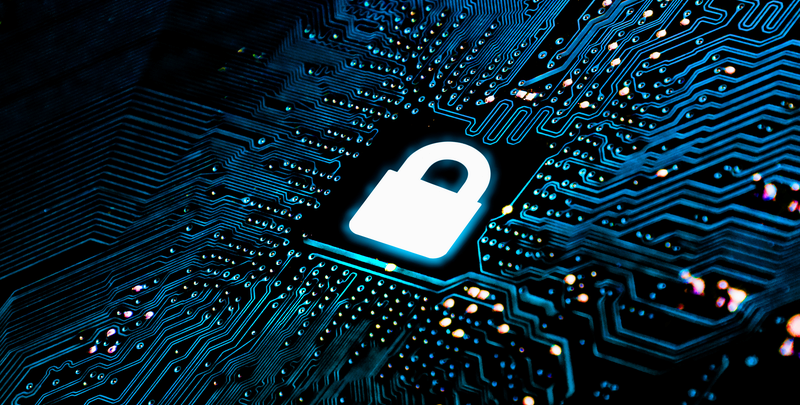In an era where digital threats are constantly evolving and becoming more sophisticated, the need for robust cybersecurity solutions is greater than ever. From data breaches to ransomware attacks, organizations face a myriad of cybersecurity challenges. In this blog post, we’ll delve into the world of cybersecurity solutions, exploring the strategies and technologies that can help protect your digital assets.
Understanding Cybersecurity Solutions
Cybersecurity solutions encompass a range of tools, practices, and strategies designed to safeguard digital systems, networks, and data from malicious actors and cyber threats. These solutions are integral to mitigating risks, ensuring data privacy, and maintaining the integrity and availability of critical digital assets.
The Evolving Cyber Threat Landscape
Cyber threats are continuously evolving, making it crucial for organizations to stay ahead of malicious actors. Some common cyber threats include:
- Malware: Malicious software, such as viruses, worms, and trojans, can compromise the security of your systems and data.
- Phishing: Phishing attacks aim to deceive individuals into revealing sensitive information like passwords and credit card details.
- Ransomware: Ransomware encrypts data and demands a ransom for its release, posing a severe financial and operational threat.
- DDoS Attacks: Distributed Denial of Service attacks overwhelm systems with traffic, disrupting services and causing downtime.
- Insider Threats: These threats can come from employees or partners with access to your systems and data.
Key Cybersecurity Solutions
1. Firewalls: Firewalls act as barriers between your internal network and the internet, monitoring and controlling incoming and outgoing network traffic.
2. Antivirus and Antimalware Software: These tools scan and remove malicious software from your systems.
3. Intrusion Detection and Prevention Systems (IDPS): IDPS tools monitor network and system activities for signs of intrusion and take action to prevent security threats.
4. Encryption: Data encryption protects sensitive information by converting it into a code that is difficult for unauthorized parties to decipher.
5. Multi-Factor Authentication (MFA): MFA adds an extra layer of security by requiring users to provide multiple forms of verification before gaining access.
6. Security Information and Event Management (SIEM): SIEM tools collect, analyze, and correlate data from various sources to identify and respond to security incidents.
7. Regular Patching and Updates: Keeping software and systems up-to-date with the latest security patches is vital to addressing vulnerabilities.
8. Security Awareness Training: Educating employees about cybersecurity best practices can help prevent insider threats and phishing attacks.
9. Incident Response Plan: Having a well-defined plan in place to respond to security incidents is essential for minimizing damage and downtime.
The Human Element in Cybersecurity
Cybersecurity solutions are not only about technology; they also involve the human element. Employees and users play a significant role in maintaining security. Establishing a cybersecurity-aware culture and ensuring that individuals are aware of their role in safeguarding digital assets is crucial.
Conclusion
In a world where cyber threats are a constant presence, investing in robust cybersecurity solutions is a fundamental necessity for organizations of all sizes. By implementing a combination of technology, best practices, and user education, you can fortify your digital fortress, protect your data, and safeguard your organization from the ever-evolving landscape of cyber threats. Remember, cybersecurity is an ongoing effort, and staying vigilant is key to maintaining a secure digital environment.
Click here to get more details – Network – X Cyber Security solutions


